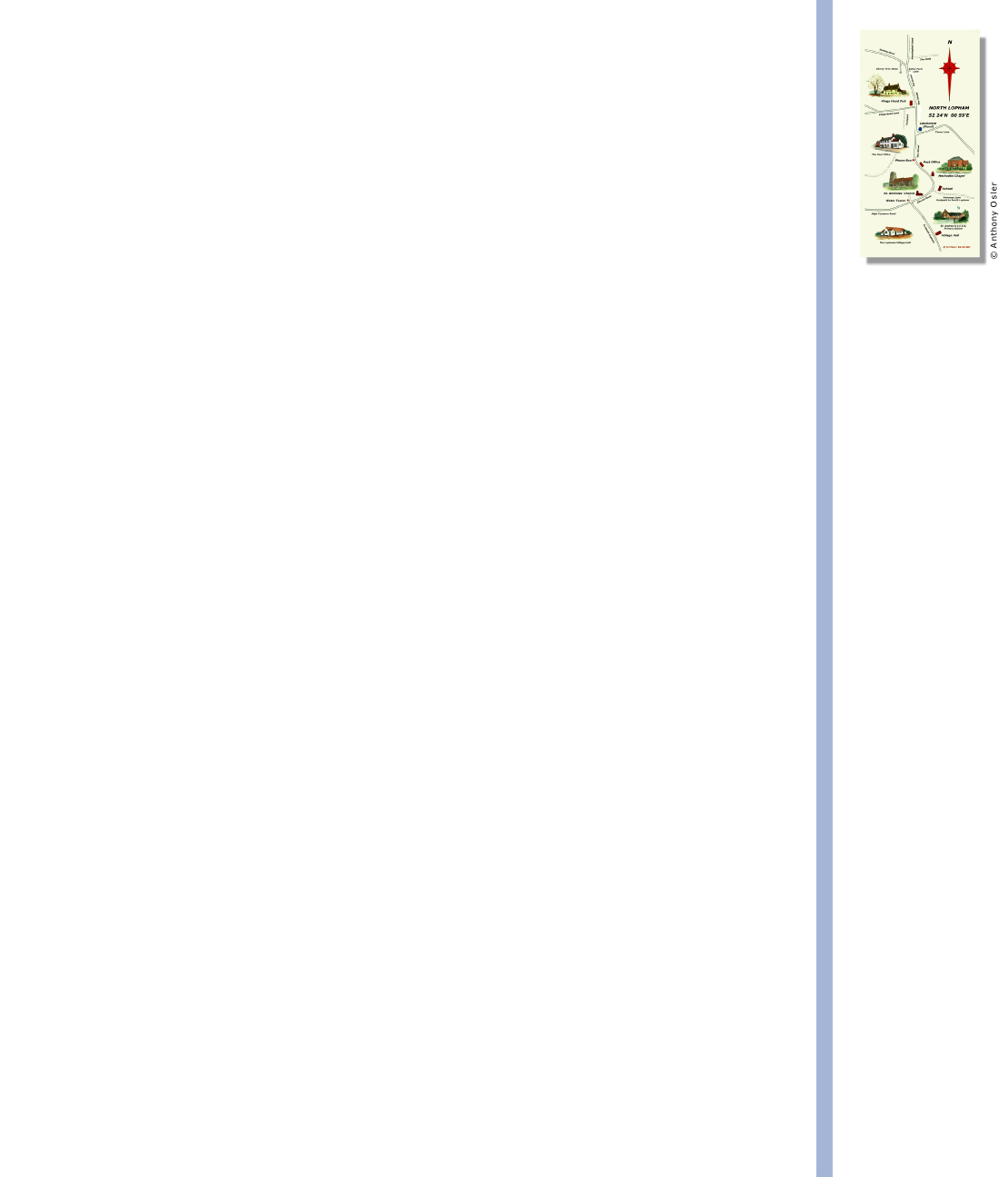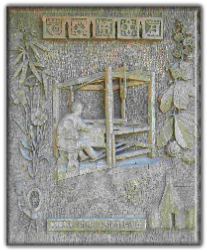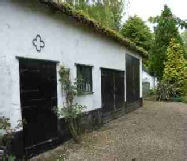

Please note:
The information published on this site is believed to be correct but carries no guarantee of accuracy
The products and services described are not endorsed by the site editor: details and listings are for information only
Lopham Linen

Whilst many people will have heard of the importance of the wool trade to areas such as Suffolk, there is less common knowledge about linen production in England. Linen production was widespread across the country, and was carried out as a local craft providing sufficient to meet local needs. However, from the 16th century the areas around Thetford and Diss, including North Lopham were noted for the production of linens for a variety of purposes, including the necessary quality for high ranking households. As a craft skill, masters took on apprentices to pass on the skills of hand loom weaving. However, many of the preparatory processes including the cultivation, preparation and spinning of flax and hemp were considered ‘women’s work’ and were outsourced to women working in a domestic setting.
The presence of linen production in the area has been evidenced in land transactions including ‘hemplands’ and ‘flaxlande’ and census records of the population stating the occupation of ‘Linnen Weaver’. Many of these date back to the C16th. It is suggested that the village pond owes its name to a process in linen manufacturing as the Letchmere pond was one of the sites used for soaking the raw material prior to its being ‘retted’, stripped and spun.
Throughout the 17th and 18th centuries this form of production continued profitably
in rural areas such as the Lophams and their products acquired a good reputation.
The area of south-
In 1845 North Lopham is recorded in White’s Directory of Norfolk as having 15 Linen Manufacturers, individual businesses providing linen products. By far the best known of these was under the ownership of the Buckenham family and was centred around The Limes. At the beginning of the C19th there were branches of the Buckenham family in both South and North Lopham. William Buckenham was a landowner and ‘master’ in South Lopham and together with his brother Thomas in North Lopham they set up manufacture and weaving sheds in each village. This joint venture was to become Messrs. T.W & J Buckenham of which Thomas Buckenham of North Lopham was ‘sworn and admitted’ into ‘the place of Diaper and Huckaback Table Cloths in ordinary to her Majesty,’ in 1837, being a Royal Warrant to provide linen to the Royal Household. The Buckenhams specialised in damask, fine linen woven with integral and highly ornate patterning and/or pictorial subjects. This was probably the highest quality example of what became known generally as Lopham Linen, but other manufacturers in North Lopham provided a range of good quality linen products. Its reputation was apparently sufficiently high as to attract counterfeiting, with inferior linen from other mills being ‘passed off’ as Lopham Linen in order to achieve a higher price.
According to Serpell, one of the last recorded references to production of linen
in North Lopham is in 1910 when the Norfolk and Norwich Archaeological Society visited
the weaving shed to the rear of the home of Stephen Beales. The Beales were a notable
family in North Lopham, providing many of the services needed to maintain the life
of the village. They included the butcher, an innkeeper and wheel-
Today Lopham Linen can be found in the ownership of museums, private collectors or in the catalogues of specialist sales.
References:
For a more detailed description of linen manufacture in the area see 1Serpell, MF (1980) ‘A History of the Lophams’, Phillimore & Co, London
Although now out of print 2nd hand copies are often available via Amazon and copies are held in the local public library.
For reference to Lopham Linen see http://www.thelinenshop.biz/news-
Further information : Pursehouse, E (1963), The Great Days of Lopham Linen in ‘Waveney Studies’ (1966) Diss Publishing Co Ltd, Diss
